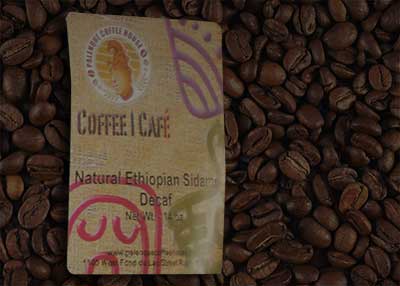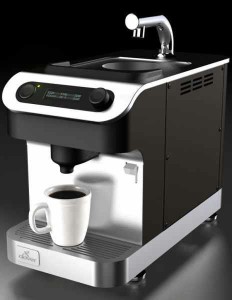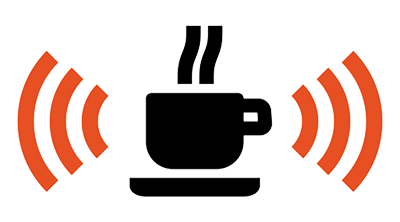An Explanation of the Wet Hulling Process

Because you saw so many references to wet hulling in the descriptions of coffee growing regions in Indonesia in the previous section, it’s worth taking some time here in order to fully explore what the process means.
The wet hulling process refers to the mechanical removal of the coffee’s outer “hull,” also known as the parchment and silverskin of the coffee berry. Because it is a “wet” coffee process, this means that the mechanical processing takes place after the coffee berries have already been washed in water in order to soften the outer layers and make them easier to remove. In the dry processing of coffee, all of these elements of the coffee berry are removed at the same time. Wet processing typically is inexpensive compared to dry processing because dry processing requires manual labor whereas wet processing can largely be handled by a number of machines.
Not all of the wet processing of coffee is technically “wet,” however, as wet processing typically includes a drying phase after the outer pulp of the coffee bean has been removed. The drying is used after fermentation to remove the coffee berry’s mucilage, getting the moisture content of the coffee bean back to where it should be for ideal storage and usage.
As a single origin coffee lover, it helps to know how coffee is typically processed in the area of your choice because the processing of coffee will leave a distinctive taste on the coffee flavor that ends up in your cup.
For dry processing methods, much of the coffee bean’s natural flavors are left intact: acidity, body, and all. For people who love a purer taste of coffee – particularly if trying to pick up on a region’s own distinctive notes – dry processing is typically the preferred method.
Wet processing methods will typically result in a clean-tasting and low-acid cup of coffee; the sacrifice is that the coffee also loses much of its body in the washing and drying processes. This is not necessarily “better” or “worse” than dry processed coffee; it all depends on your own individual tastes. People who prefer a low-acid coffee will often enjoy wet hulled or wet processed coffee; for this reason people with low tolerance for acidity will often enjoy a cup of coffee that saw its origins in Indonesia.





